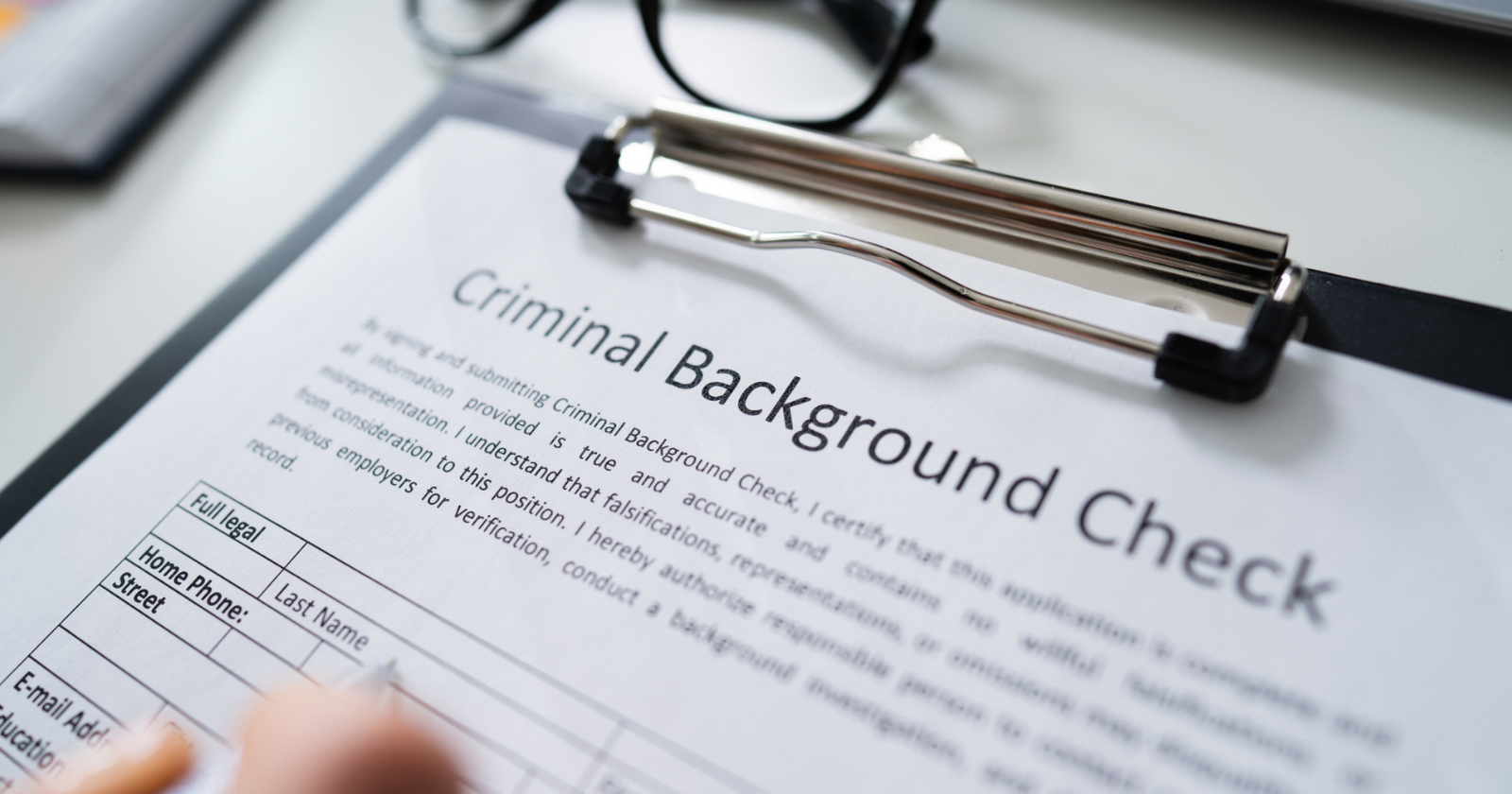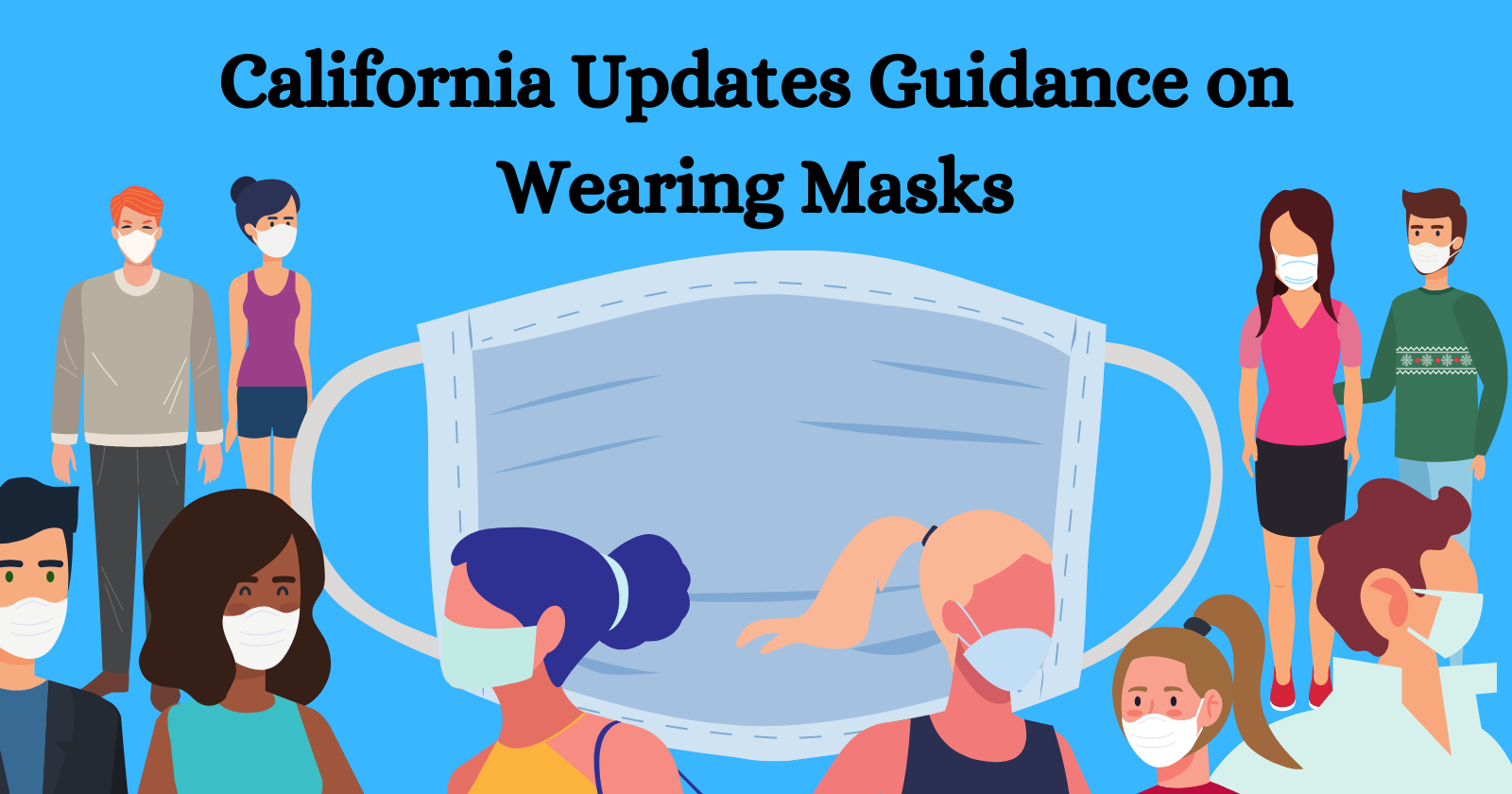The CDPH recommendations:
- Positive Test. If an employee tests positive, regardless of their vaccination status or whether they have had a previous COVID-19 infection, they must be excluded from the workplace for at least 5 days. The employee may return to work after day 5 if symptoms are not present or are resolving and a COVID-19 test, collected on day 5 or later, comes back negative. The guidance recommends an antigen test, versus a PCR test for this purpose. If the employee is unable to test or refuses to test they cannot return to work until 10 days have passed since the test and they no longer have a fever. Employees who return to work before 10 days have elapsed must wear a well-fitting face covering for 10 days after the positive test. Effectively this means that employees will have to wear a mask for up to five days after returning to work. However, local jurisdictions may have their own masking requirements which require masks of all employees anyways.
- Exposure of an Unvaccinated or Booster Eligible Employee. The FAQs makes clear that the term unvaccinated does not exempt those who have had a previous COVID-19 infection which is a departure from the terms of the ETS which did not require that these employee be excluded.
- Now all “naturally immune” employees (those that have had COVID-19 within the last 90 days) will be treated the same as an unvaccinated employee if they do not otherwise have a COVID-19 vaccination.
- If an employee is unvaccinated or booster eligible, they will have to be excluded from work for at least 5 days following the exposure, i.e., “close contact” with COVID-positive person. Excluded employees should test on day 5 and can return to work and wear a mask for a total of 10 days following the exposure if they are asymptomatic and the test comes back negative.
- In the case of booster eligible employees, they may return to work sooner if they receive a negative COVID test within 3-5 days after last exposure to a case, wear a face covering around others for a total of 10 days after the exposure, and continue to have no symptoms. If any employee in this category refuses to test or is unable to test they must remain at home for 10 days. If the employee develops any symptoms during while excluded they are to be excluded pending the results of a test.
3. Exposure of a Vaccinated but not Booster Eligible or Boosted Employee. Employees in this category do not have to quarantine after an exposure but should test on day 5 after the exposure and wear a face covering for a total of 10 days following the exposure. If the employee later tests positive they should quarantine subject to paragraph one above. If the employee develops any symptoms during this time they are to be excluded pending the results of a test.
4. Employee Subject to Order to Isolate or Quarantine. When an order to isolate, quarantine, or exclude an employee is issued by a local or state health official, the employee cannot return to work until the period of isolation or quarantine is completed or the order is lifted even if the order exceeds the specified exclusion requirements in the ETS or CDPH recommendation.
These detailed requirements clear up many of the questions employers had such as how to handle employees with previous COVID infections and the scope of the Governor’s Executive Order. What is not addressed in the FAQs is the practical effect of requiring testing. Given the current difficulty of being able to test, employees are unlikely to find available testing within the required timeframes. Thus, employers should be prepared for employees remaining in quarantine for the longer 10 day period and should not hold count of an employee returning sooner.





